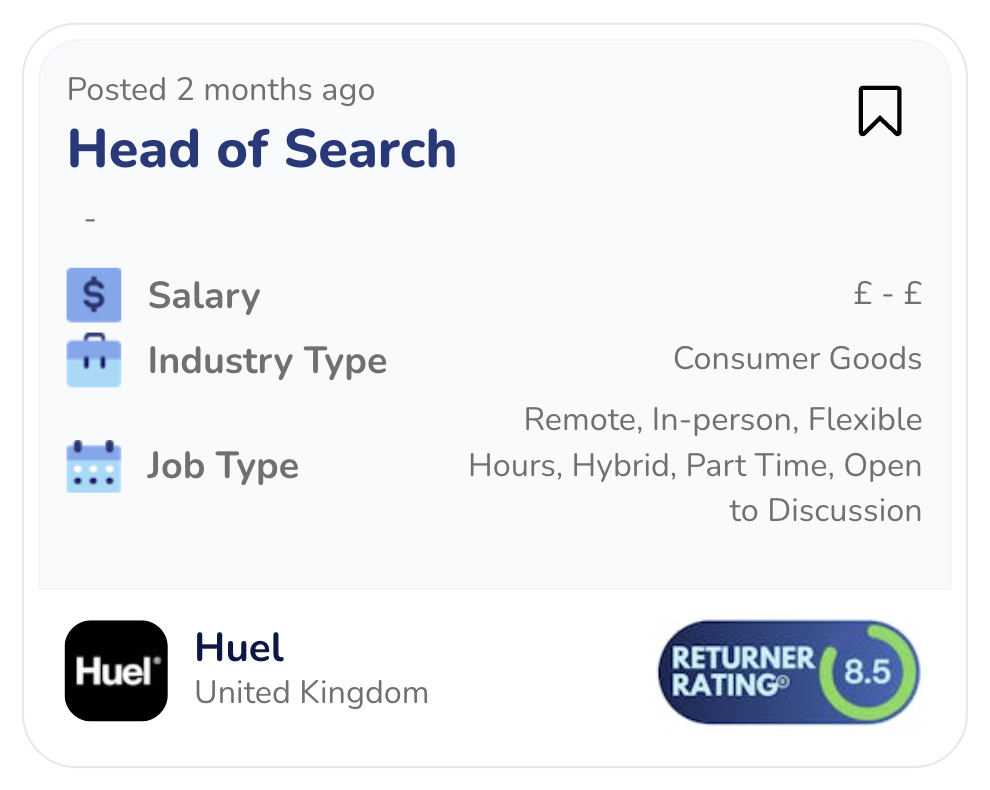As the demand for flexible working grows, it's essential for both employers and employees to understand how to create policies and practices that promote a healthy work-life balance while maintaining productivity. Whether you’re an employer looking to implement a flexible working policy or an employee seeking to make a request, this guide covers essential steps, templates and resources to help navigate the process.
Jump to:
- What is flexible working?
- How to create a flexible working policy
- Developing a home working policy
- How can you tell if an employer’s flexible or home working policy is good?
- Creating a flexible working request template
- Understanding flexible work regulations
- Implementing flexible working practices
- Conclusion
What is flexible working?
Flexible working refers to any type of work arrangement that allows employees to vary their working hours, location, or schedule to better suit their personal and professional needs. This can include options like working remotely, flexitime, compressed workweeks, or job-sharing. The goal of flexible working is to create a more adaptable work environment, giving employees greater control over how they balance their work responsibilities with other aspects of life, while still meeting business objectives.
How to create a flexible working policy
Creating a flexible working policy involves more than simply allowing employees to work from home occasionally. It requires a structured framework that outlines the types of flexibility offered, the processes for requesting it, and how both employers and employees can ensure it works effectively. A well-drafted policy is crucial to avoiding misunderstandings and ensuring that flexibility benefits both the business and its workforce.
Developing a home working policy
Home working is one of the most common forms of flexible working – especially in the post-Covid word. A staggering 75% of all UK companies can now offer some form of home working – but their policies around this differ. A home working policy should define when, how, and under what circumstances employees can work from home.
Key elements to include in a home working policy:
- Eligibility criteria: Define which roles or tasks are suitable for home working.
- Health and safety: Employees working from home must adhere to health and safety regulations, including the setup of a safe and ergonomic workspace.
- Data security: Implement strict guidelines for handling company data securely, including using encrypted connections and protecting sensitive information.
- Performance monitoring: Set clear expectations regarding work hours, productivity, and reporting.
- Equipment and support: Define what equipment the employer will provide and any allowances for home office expenses.

How can you tell if an employer’s flexible or home working policy is good?
A strong flexible or home working policy should offer clarity, support, and foster communication. Here’s how to know if it’s well-designed:
Clear guidelines
A good policy is easy to understand with clear eligibility, request processes, and performance expectations. It should leave no room for confusion about how flexible working operates within the company.
Support for well-being
A strong policy prioritises employee well-being, offering flexibility without encouraging overwork. Look for provisions like home office support and attention to work-life balance.
Effective communication
The policy should ensure regular communication and collaboration, outlining tools for staying connected (e.g., Zoom, Slack) and encouraging team interactions.
Creating a flexible working request template
Employees looking to request flexible working arrangements should follow a formal process. Providing a clear and professional request can increase the likelihood of approval.
Tips for requesting flexible working:
- Be specific: Clearly outline the type of flexible working arrangement you are requesting (e.g., remote work, part-time hours, flexible shifts).
- Explain how it benefits the employer: Demonstrate how the proposed arrangement will not negatively impact productivity or the team, and how it can benefit the company by improving employee satisfaction or reducing burnout.
Prepare for a trial period: Suggest a trial period so the employer can assess how the new arrangement works before making a long-term commitment.
Understanding flexible work regulations
In many countries, employees have a legal right to request flexible working, but regulations vary widely. For example, in the UK, employees with at least 26 weeks of continuous service have the legal right to request flexible working. Employers must consider these requests reasonably and provide a formal response within a set timeframe.
Employers should familiarise themselves with local labour laws to ensure compliance.
Employers should familiarise themselves with local labour laws to ensure compliance. For instance, laws might dictate:
Grounds for refusal
- Legitimate reasons why an employer might refuse a request (e.g., cost implications, negative impact on service delivery).
Eligibility
- Who can apply for flexible working.
Request process
- How requests should be made and the timeline for employer responses.
Implementing flexible working practices
Once the policy is in place and requests are approved, the next step is implementation. Successful implementation relies on clear communication and monitoring.
Best practices for implementing flexible working:
- Train managers: Managers need to be equipped with the skills to manage remote and flexible teams effectively, including fostering communication, tracking productivity, and offering support.
- Foster team collaboration: Use technology to enable communication and teamwork. Tools like video conferencing, shared project management platforms, and instant messaging apps help teams stay connected.
- Monitor progress: Regularly review how flexible arrangements are working, both from the business and employee perspectives. Adjust the policy or individual arrangements if necessary to ensure mutual benefits.
Join the ivee community!
Join our Facebook group. Whether you’re looking to reconnect with like-minded returners, seek advice on returning to work after maternity leave, or share your experiences, our Facebook community is here to help you navigate your journey back into the workforce.
You’ll find:
👉 Latest regulatory changes regarding maternity leave
👉 CV templates for women returning to work
👉 Latest industry updates
👉 Resources and guides to help you on your job hunt
👉 Confidence-building events, webinars and advice on all aspects of returning to work
Our Facebook community
Conclusion

The shift toward flexible working is a response to changing workforce demands, and with the right approach, it can be a win-win for both employers and employees. By developing clear policies, understanding legal requirements, and fostering open communication, businesses can create flexible working environments that enhance productivity and employee satisfaction.
For further resources, templates, and examples of flexible working policies, consult with HR professionals or legal advisors to ensure compliance and effectiveness.
Ready to find flexible work?
Create an ivee profile and start browsing our flexible jobs today!
Create profile!Featured Blog Posts











